In female circumcision, the clitoris and the inner or outer lips (labia) are cut or removed to a greater or lesser extent.
Type I (clitoridectomy, or “sunna”): Partial or total removal of the external part of the clitoris
Type IV: All other harmful procedures on the female genitalia, such as pricking, piercing or cauterizing (burning) the genitalia.
The type of female circumcision practiced depends on the country, the region and the population group. Sometimes the type of circumcision performed changes over time. In any case, all types of female circumcision have negative consequences for the health of girls and women and violate the right to physical self-determination. This means that you have the right to decide for yourself how you deal with your body and how your body is treated.
The age of girls at circumcision is very different. There are communities that circumcise the girls in the first months of life. Others perform circumcision at the age of four to eight years or in the transition to puberty.
Female circumcision is also called female genital mutilation. It is a violation of human rights and damages the health and well-being of girls and women. Human rights apply to all people, no matter whether they come from Africa, Australia, Asia, America or Europe, whether they are men or women or still children, no matter what they believe in and whether they are rich or poor. The term “mutilation” was introduced by the World Health Organization (WHO) and by African women who want to end female circumcision. The population groups concerned use their own terms.

